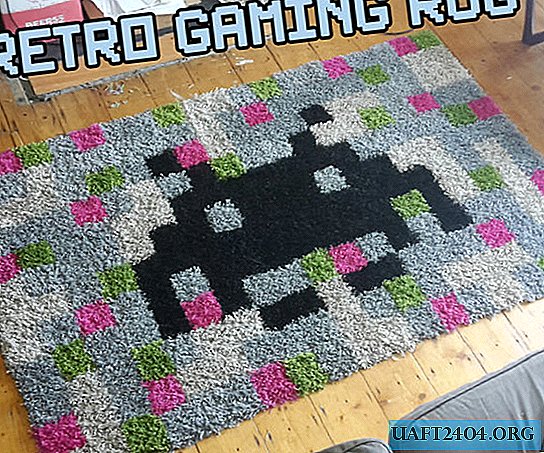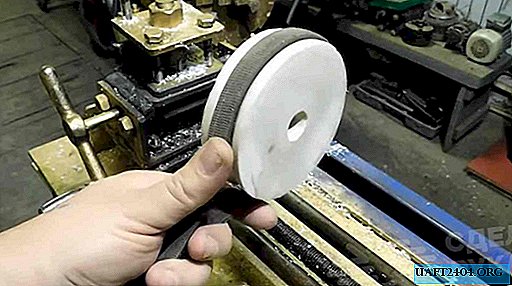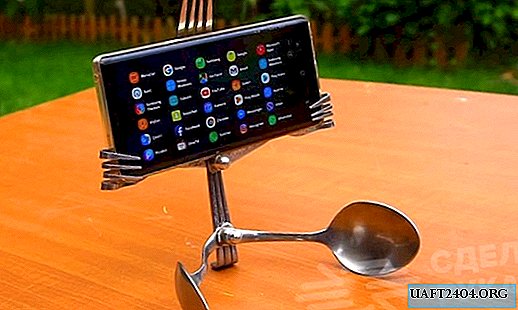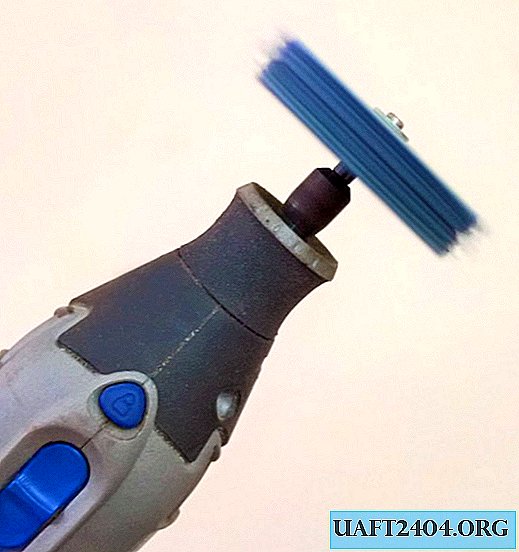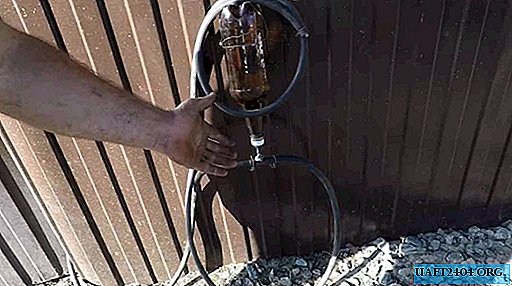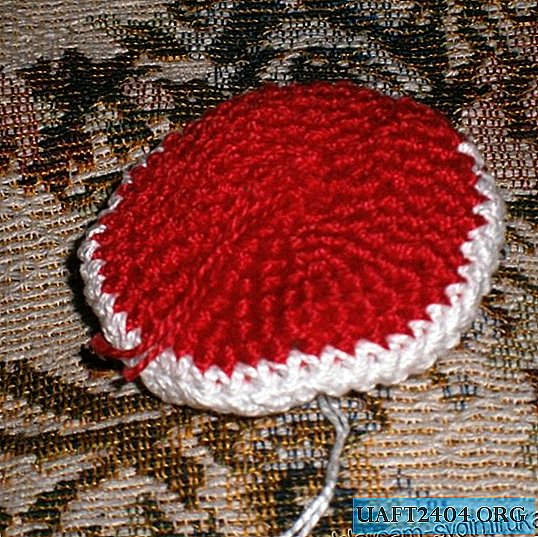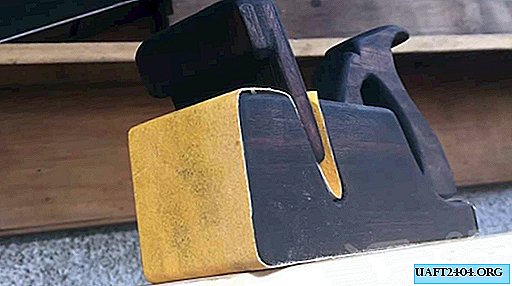Share
Pin
Tweet
Send
Share
Send
DIY infrared film flooring
Installation of a film floor, floor linoleum, laminate and carpet is as quick as possible and allows you to put the system into operation immediately after the installation of flooring is completed and looks like this:
1) The subfloor should be relatively even, clean, dry. The substrate is spread over the entire area of the room, and not just under the heated floor, in order to avoid differences. It is advisable to give preference to high-quality thermal insulation designed specifically for underfloor heating systems. It should have a protective coating and withstand a high temperature range, since when putting the system into operation for the first time at the beginning of the season, manufacturers recommend setting the temperature on the thermostat close to maximum. Accordingly, the infrared film is heated to about 47-50 degrees. A poor-quality substrate will simply not withstand such floor heating, melt and become unusable.
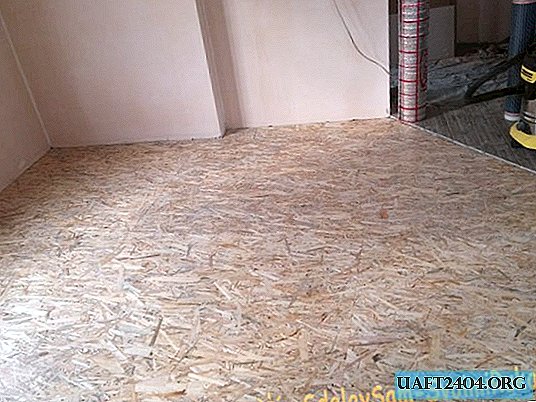








2) A place is prepared in advance for a thermostat, which is mounted in an area not subject to drafts and a place protected from direct sunlight, otherwise it will not be correct to determine the temperature regime. The installation height is determined according to the manufacturers' recommendations from 30 to 120 cm. For the floor sensor, the canvas is ditched, a corrugation is placed in it, into which the floor sensor is inserted. The length of the sensor depends on the range of the heating film. He must go under it strictly in the middle of one of the segments. A special dose box is used for the temperature regulator, it differs in depth and large diameter. This is due to the presence of a large number of connecting wires that do not fit into the standard socket box as needed.




2) Floors are mounted on a space not occupied by furniture. Installation of a warm floor under the furniture is allowed, provided that it has legs of at least 10 cm. The strips are connected to each other by a twin-core copper cable, the thickness of which depends on the total power of the system. The cable is connected using special connection terminals (included with the film floor), which are then carefully insulated with a bitumen insulator.



3) Installation of the thermostat occurs simultaneously with the infrared floor heating according to the attached wiring diagram. As a rule, all thermostats, regardless of the manufacturer, are connected to a power source and underfloor heating according to one scheme.
4) At the final stage, the system is tested and the degree of heating of all the underfloor heating strips is checked. This takes at least 5-10 minutes. The layout is drawn.
5) To protect against moisture, many film floor manufacturers recommend covering it with a medium-density polyethylene film on top.




After laying the floor covering, in which the role is linoleum, laminate or carpet, you can immediately put the underfloor heating system into operation. But it is worth considering that for the full heating of the room to the warm floor, depending on the temperature regime on the street and indoors, the quality of the substrate and the quadrature of the infrared floor may take from several hours to a day.
Share
Pin
Tweet
Send
Share
Send

